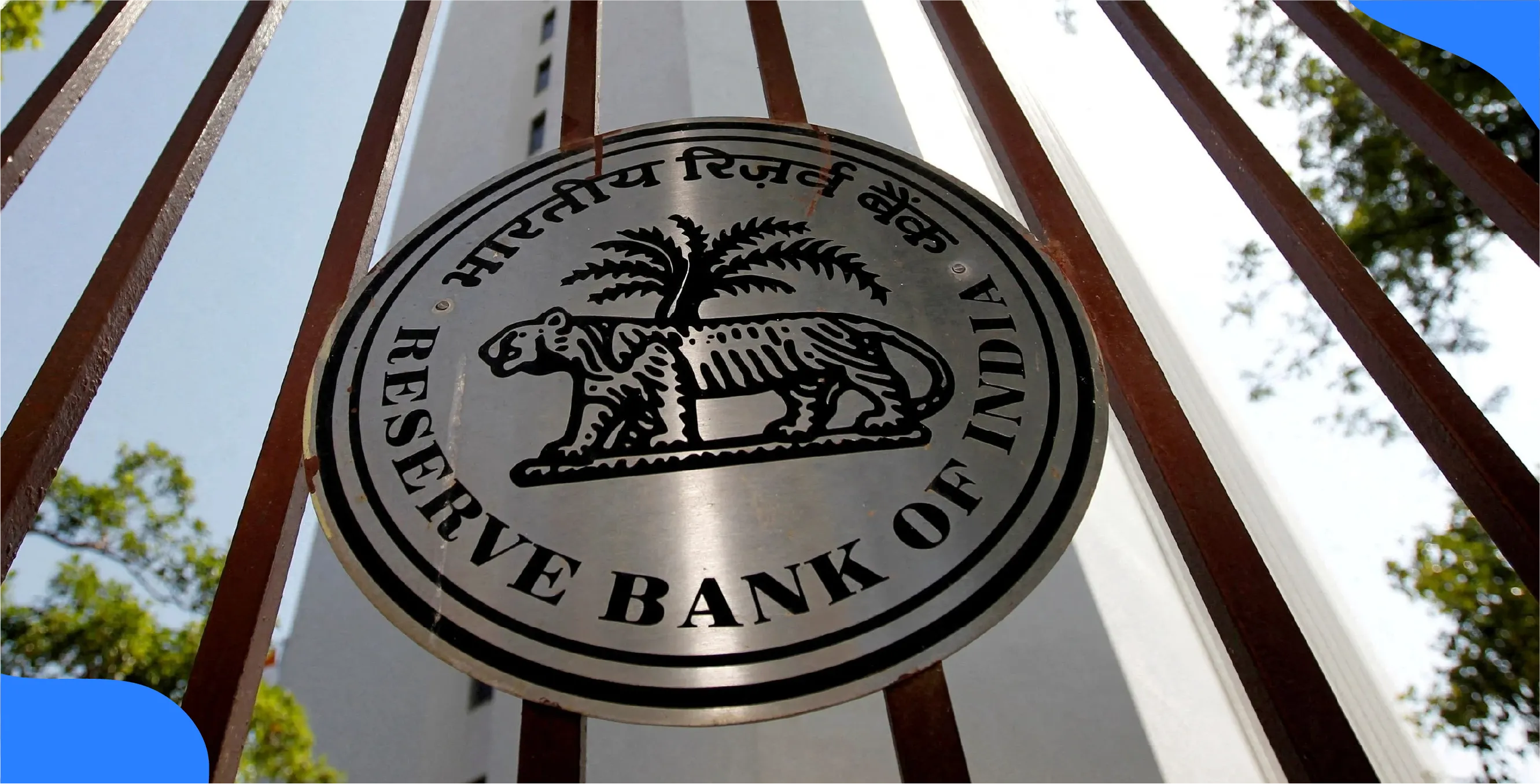
Author
LoansJagat Team
Read Time
4 Min
29 Jul 2025
RBI Bulletin: Public Sector Bank Savings Deposit Rates Hit Historic Lows
On July 23rd, 2025, the Reserve Bank of India (RBI), in its latest monthly bulletin, has highlighted that the savings deposit rates of many Public Sector Banks (PSBs) are offering the lowest interest rates on savings bank accounts. These interest rates are the lowest in the last 11 years.
This may be a macroeconomic strategy to manage liquidity and inflation, but it raises serious concerns about the safety and return on customers’ idle funds.
The issue not only affects savers, especially pensioners and middle-income households, but also raises a broader question: What if banks did not operate under strict regulatory norms or failed to safeguard depositor interests?
Falling Savings Rates: What the Data Reveals
According to the July 2025 RBI Bulletin, the savings deposit rates in some public sector banks have dropped to as low as 2.7%. This is a steep fall when compared to the average rate of around 4%–4.5% prevalent over the last decade.
Savings Deposit Rates (As of July 2025)
As seen above, PSBs are offering notably lower rates than private sector banks, putting traditional savers at a disadvantage.
Why Are PSBs Slashing Rates More Aggressively?
The RBI bulletin points out that public sector banks have been quicker to cut savings deposit rates compared to their private counterparts. This may be due to the higher market share of PSBs, which gives them a large depositor base and more pricing power.
Rate Cut Trends (PSBs vs Private Banks)
Public sector banks have adopted a more aggressive stance in reducing rates, which helps in lowering their cost of funds but reduces income for depositors.
Consequences for Indian Savers
The drop in interest rates has significant implications. For millions of Indians who rely on interest from savings accounts, including retirees, homemakers, and small business owners, such low returns may erode purchasing power over time, especially in an inflationary environment.
Real Rate of Return from Savings Deposits (Post-Inflation)
This table clearly shows that the real return on savings is negative, meaning your money is losing value.
The Importance of a Strong Regulatory Framework
The Indian banking system is tightly regulated by the RBI, which mandates capital adequacy norms, deposit insurance, and prudential guidelines. These safeguards ensure that even if interest rates drop, customer deposits remain secure.
But imagine a scenario where banks operated without such oversight, arbitrary rate changes, non-guaranteed deposits, and unchecked mismanagement could wreak havoc on public trust and financial stability.
Regulatory frameworks are what differentiate an effective banking ecosystem from those plagued with collapses and fraud.
What Can Savers Do?
In light of falling deposit rates, savers are exploring other avenues like:
- Short-term Fixed Deposits (which still offer better rates)
- Liquid Mutual Funds
- Government-backed schemes like Senior Citizens Savings Scheme (SCSS)
- Diversified investment portfolios to beat inflation
These alternatives, however, require financial literacy and some risk appetite — areas where many rural and older Indian savers may fall short.
The decreasing interest rates is one of the reasons why the growth of bank deposits in India slowed down to 10.6 per cent year-on-year in the financial year ended March 2025 as compared to 13 per cent in FY 2024-2025.
Deposit Insurance Adequacy and Moral Hazard Risks
While declining savings rates have drawn attention, there is a broader concern around the adequacy and implications of India’s deposit insurance mechanism. The Deposit Insurance and Credit Guarantee Corporation (DICGC), a subsidiary of the RBI, currently insures each depositor up to ₹5 lakh per bank.
This coverage, introduced post the PMC Bank crisis, now protects approximately 98% of all deposit accounts by number and about 50.9% by value.
While such coverage offers peace of mind to small depositors, financial experts have raised concerns about moral hazard, a situation where excessive safety nets may encourage riskier behaviour by both banks and depositors.
A depositor, assured of protection, may not scrutinise a bank's financial health, while banks may take on undue risks, knowing customer withdrawals are unlikely in the short term.
International comparisons show that while countries like the US and UK offer higher insurance coverage in absolute terms, they balance this with stricter capital, liquidity, and supervisory norms.
India, while offering broad coverage, must therefore continue strengthening its risk-based supervision framework to avoid unintended consequences of over-insurance.
Other News Pages | |||
Retail Mortgage Loans by NBFCs, HFCs to Hit ₹20 Trillion by FY28 | |||
About the Author

LoansJagat Team
‘Simplify Finance for Everyone.’ This is the common goal of our team, as we try to explain any topic with relatable examples. From personal to business finance, managing EMIs to becoming debt-free, we do extensive research on each and every parameter, so you don’t have to. Scroll up and have a look at what 15+ years of experience in the BFSI sector looks like.

Quick Apply Loan
Subscribe Now
Related Blog Post

LoansJagat Team • 11 Dec 2025

LoansJagat Team • 11 Dec 2025

LoansJagat Team • 12 Dec 2025